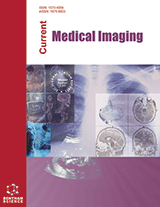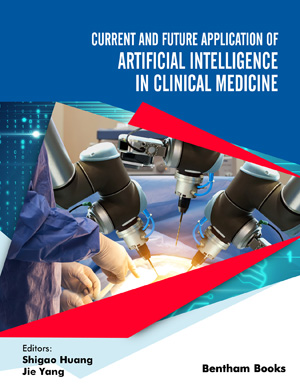
Abstract
Objective: The study aimed to analyze computed tomography and magnetic resonance imaging features of patients with solitary extramedullary plasmacytoma.
Methods: Ten cases with solitary extramedullary plasmacytoma were included in this study. CT and MRI features of solitary extramedullary plasmacytoma were retrospectively analyzed.
Results: This study included both males (n = 8) and females (n = 2), with a median age of 48 (range 21-72 years old). The organs or anatomical structures involved were nasopharynx (n = 3), orbit (n = 1), left tentorium (n = 1), nasal cavity and meatus (n = 2), small intestine and mesentery (n = 1), as well as posterior thoracic wall (n = 2). The median maximum diameter of the tumors was 3.2 cm (range 0.8- 15.2 cm). The tumor shapes were round (n = 7), stripped (n = 1), irregular (n = 1), and nodular (n = 1). The margin of the tumors was well-defined (n = 7) and partially well-defined (n = 3). There were 3 cases with bone destruction and 1 with a tissue invasion adjacent to the tumor, calcification (n = 1), and cystic degeneration (n = 2). Enlarged tumoral vessels (n = 4) could also be observed. The CT attenuation and MR signal intensity of tumors were heterogeneous (n = 4) and homogenous (n = 6). After the injection of the contrast agent, marked (n = 5), mild (n = 1), mild to moderate (n = 1), and delayed enhancement (n = 1) could be observed.
Conclusion: A well-defined homogeneous solitary mass occurring at the head and neck with a marked enhancement, an adjacent tissue invasion, enlarged tumoral vessels, and bone destruction can indicate the diagnosis of solitary extramedullary plasmacytoma.
Keywords: Solitary extramedullary plasmacytoma, extramedullary plasmacytoma, magnetic resonance imaging, computed tomography, imaging feature, nasal cavity.
[http://dx.doi.org/10.4084/mjhid.2017.052] [PMID: 28894561]
[http://dx.doi.org/10.1186/s13045-017-0549-1] [PMID: 29338789]
[http://dx.doi.org/10.1111/ejh.12907] [PMID: 28544116]
[http://dx.doi.org/10.1007/s11899-019-00499-8] [PMID: 30788667]
[http://dx.doi.org/10.1186/1477-7819-2-29] [PMID: 15339332]
[http://dx.doi.org/10.1007/s00405-017-4817-z] [PMID: 29224044]
[http://dx.doi.org/10.1155/2012/282784] [PMID: 23094168]
[http://dx.doi.org/10.1186/s12880-018-0261-9] [PMID: 29914385]
[http://dx.doi.org/10.1002/ccr3.1147] [PMID: 29026584]
[http://dx.doi.org/10.2298/VSP141031142I] [PMID: 29309111]
[http://dx.doi.org/10.1097/MD.0000000000018422] [PMID: 31876718]
[PMID: 20923037]
[http://dx.doi.org/10.1002/hon.2261] [PMID: 26450521]
[http://dx.doi.org/10.1111/j.1440-1673.1992.tb03167.x] [PMID: 1445115]
[http://dx.doi.org/10.21873/invivo.11769] [PMID: 31882487]
[http://dx.doi.org/10.1182/blood-2014-04-567909] [PMID: 24876564]
[http://dx.doi.org/10.1186/s12885-019-5976-7] [PMID: 31412808]
[http://dx.doi.org/10.1186/s13256-017-1382-4] [PMID: 28793931]
[http://dx.doi.org/10.1016/S1470-2045(14)70442-5] [PMID: 25439696]
[http://dx.doi.org/10.1111/j.1365-2141.2004.04834.x] [PMID: 15009059]
[http://dx.doi.org/10.1148/radiographics.19.4.g99jl13949] [PMID: 10464802]
[http://dx.doi.org/10.1016/j.ijrobp.2005.06.039] [PMID: 16229966]
[http://dx.doi.org/10.1093/ajcp/87.3.342] [PMID: 3825999]
[http://dx.doi.org/10.1016/j.carj.2011.12.010] [PMID: 22402107]
[http://dx.doi.org/10.1111/1754-9485.12975] [PMID: 31785037]
[http://dx.doi.org/10.2214/ajr.173.6.10584821] [PMID: 10584821]
[http://dx.doi.org/10.2214/AJR.11.6954] [PMID: 22194474]
[http://dx.doi.org/10.1080/02688690050175382] [PMID: 11198780]
 20
20 2
2












